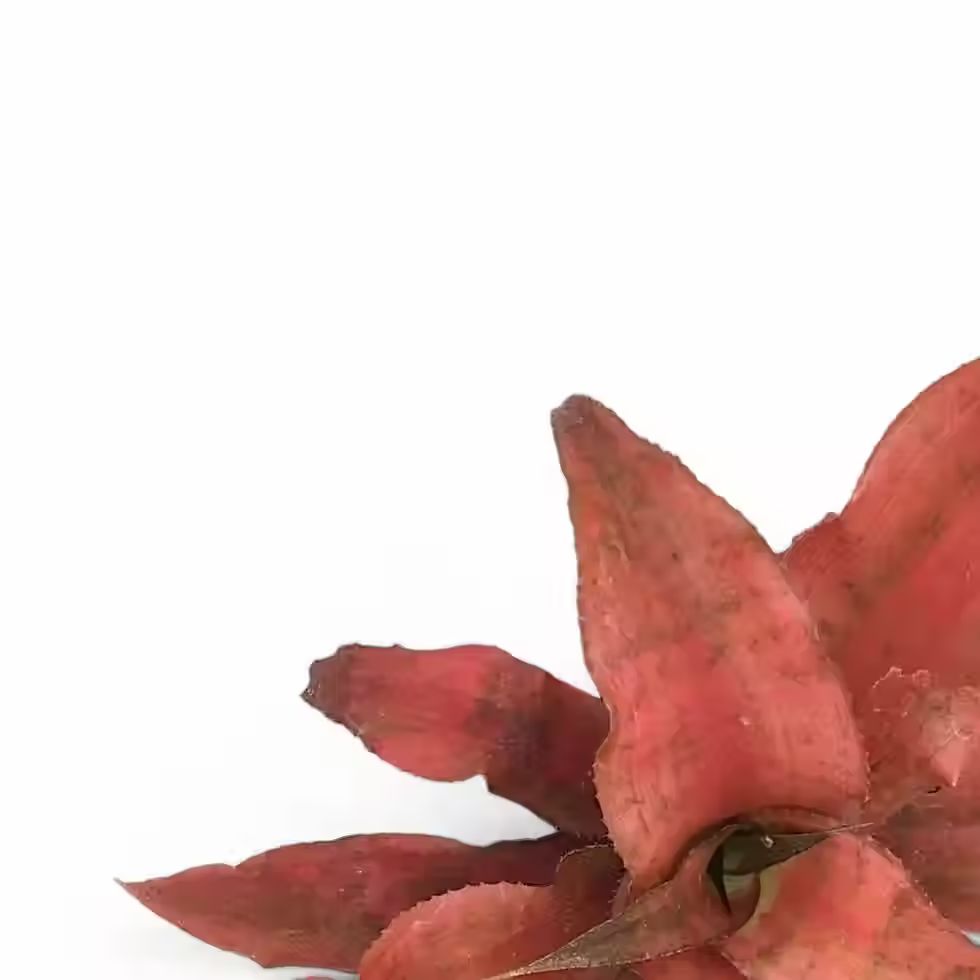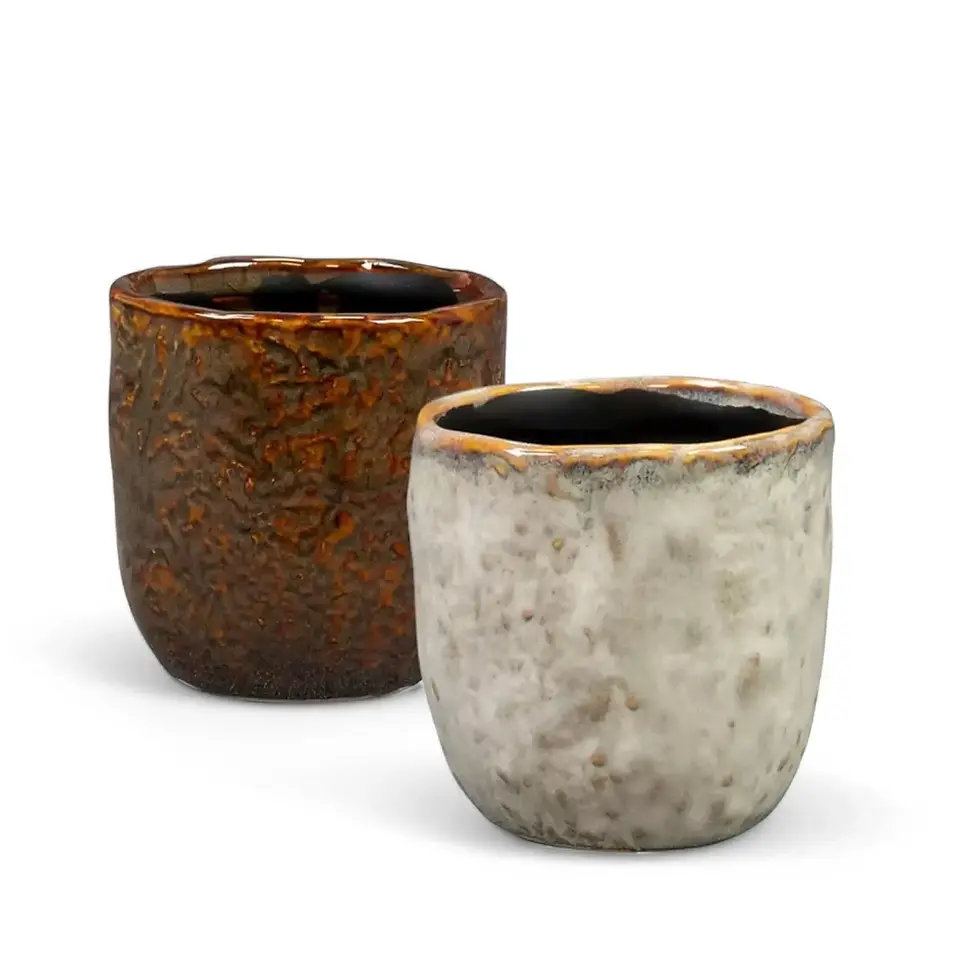Asparagus setaceus – Soft, feathery foliage, delicate texture, easy-growing greenery
Asparagus setaceus – Foliage, Growth Form and Indoor Appeal
Asparagus setaceus, often called Asparagus Fern, brings a burst of lightness to any space with its soft, feathery fronds that resemble delicate lace. The thin, bright green stems grow quickly, forming a dense, airy mound of foliage that softens any environment. Although not a true fern, its fern-like appearance makes it a popular choice for hanging baskets, containers, or as a trailing plant.
This easygoing plant adds a fresh, natural texture, whether placed in a stylish pot or allowed to cascade over a shelf. The feathery leaves are actually cladodes — modified stems — and give the plant its elegant, cloud-like effect, perfect for creating gentle contrast with other houseplants.
Main features of Asparagus setaceus
- Leaf form: Thin, feathery, and soft, resembling fern fronds
- Growth habit: Vining or trailing with an airy, open structure
- Height: Typically 30–60 cm, though can be longer with trailing growth
- Color: Bright, vibrant green throughout the growing season
- Texture: Light, soft, and graceful; perfect for complementing other plants
Natural habitat and growth behavior of Asparagus setaceus
Asparagus setaceus is native to South Africa and other regions of Africa, where it thrives in warm, subtropical climates. In its native environment, it grows in open woodlands and scrublands, where it can climb or cascade through shrubs and low trees. It’s adapted to survive in semi-dry conditions with seasonal rainfall and fluctuating temperatures.
As a houseplant, 'Asparagus Fern' grows quickly in bright, indirect light and can reach a height of 60 cm or more if allowed to trail. Its spreading growth habit makes it ideal for hanging baskets, containers, or as an accent plant on shelves. It's non-toxic to pets, making it safe for homes with animals.
How to care for Asparagus setaceus indoors
- Light: Prefers bright, indirect light but can tolerate moderate light; avoid direct sunlight
- Water: Keep the soil consistently moist, but well-drained; don’t let it sit in water
- Humidity: Thrives in high humidity; mist occasionally or place on a humidity tray
- Temperature: Ideal range is 18–25°C; protect from cold drafts and temperature extremes
- Soil: Well-draining, organic-rich mix for best results
- Repotting: Every 1–2 years, or when the plant becomes root-bound
- Fertilizing: Apply balanced liquid fertilizer every 4–6 weeks during active growth
- Propagation: Can be propagated from stem cuttings or dividing mature plants
- Hydroponics: Performs well in water, though it may require additional support
- Pruning: Trim back leggy growth to encourage a bushier shape
Common problems and troubleshooting
- Yellowing leaves: Usually a sign of overwatering or poor drainage — let soil dry slightly between waterings
- Brown leaf tips: Low humidity or inconsistent watering — maintain moisture levels and increase humidity
- Wilting: Typically caused by underwatering — water thoroughly and consistently
- Spider mites: Dry air can lead to pests; treat with neem oil or insecticidal soap
- Leggy growth: Insufficient light — move to a brighter spot or prune to maintain compact growth
Extra care tips for lush growth
Asparagus setaceus thrives in conditions that mimic its native subtropical habitat: steady warmth, indirect light, and consistent moisture. Increasing humidity will keep the plant looking its best, especially in drier indoor environments. It grows quickly, so don’t hesitate to trim or prune to maintain a more compact shape if it starts to outgrow its space.
Botanical background and naming
The genus name Asparagus comes from the Greek word “aspharos,” meaning “shoot” or “sprout,” referring to the young, edible stems of some species. The species name setaceus is Latin for “bristle-like,” describing the thin, hair-like branches that make up the plant's feathery leaves. This species is native to Africa and has been cultivated in gardens for centuries, prized for its graceful appearance and ease of care.
FAQs about Asparagus setaceus
How fast does Asparagus setaceus grow?
It’s a fast grower, especially in bright conditions with regular watering — it can spread quickly in ideal conditions.
Can I use it as a hanging plant?
Yes — it works wonderfully in hanging baskets, where its delicate fronds can cascade down beautifully.
Is it safe for pets?
Yes, Asparagus setaceus is non-toxic to both pets and humans, making it a safe choice for households with animals.
Order today and enjoy the soft, feathery charm of Asparagus setaceus in your home — no maintenance, all beauty.
Asparagus setaceus
Asparagus setaceus comes in following sizes:
Baby Plant – is approximately 15 cm tall and comes in a ⌀ 6 cm pot
S – is approximately 28 cm tall and comes in a ⌀ 12 cm pot
M – is approximately 30 cm tall and comes in a ⌀ 17 cm pot
L – is approximately 50 cm tall and comes in a ⌀ 19 cm pot
XL – is approximately 75 cm tall and comes in a ⌀ 25 cm pot

























































